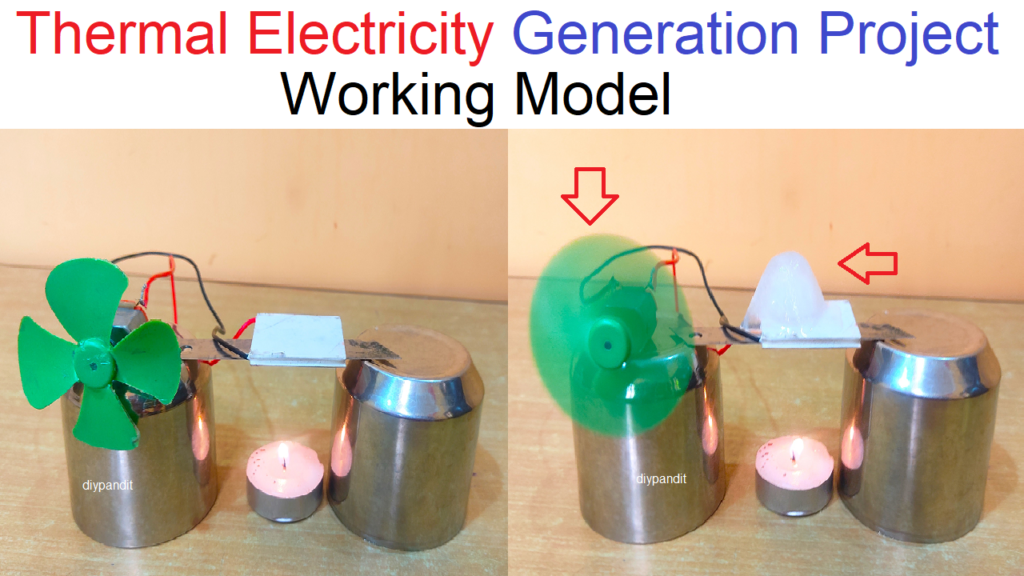Creating science projects on alternative energy can help students understand the importance and functionality of renewable energy sources.

Here are 15 project ideas, each focusing on a different aspect of alternative energy:
1. Solar Oven
- Objective: Build a solar oven to cook food using solar energy.
- Components: Cardboard box, aluminum foil, plastic wrap, black construction paper.
- Description: Line the inside of the box with aluminum foil, place black construction paper at the bottom, and cover the top with plastic wrap. Angle the box to capture maximum sunlight and demonstrate cooking food.
2. Wind Turbine Model
- Objective: Create a small-scale wind turbine to generate electricity.
- Components: DC motor, cardboard or plastic blades, wooden dowel, LED light.
- Description: Attach blades to the DC motor, mount it on the dowel, and connect the motor to an LED light. Use a fan to simulate wind and observe electricity generation.
3. Hydroelectric Generator
- Objective: Demonstrate how water flow can generate electricity.
- Components: Water wheel, DC motor, water source (e.g., faucet), LED light.
- Description: Connect the water wheel to the DC motor and place it under a flowing water source. The motion generates electricity to power an LED light.
4. Solar-Powered Car
- Objective: Build a model car powered by solar energy.
- Components: Small solar panel, DC motor, wheels, chassis.
- Description: Attach the solar panel to the car’s chassis, connect it to the motor, and install the wheels. Place the car in sunlight and observe it move.
5. Biogas Production Model
- Objective: Produce biogas from organic waste and use it to power a small device.
- Components: Airtight container, organic waste, water, rubber tubing, balloon.
- Description: Mix organic waste with water in the container, seal it, and collect the biogas in a balloon. Use the gas to power a small stove or lamp.
6. Piezoelectric Energy Harvester
- Objective: Generate electricity from mechanical stress using piezoelectric materials.
- Components: Piezoelectric sensor, wires, LED light.
- Description: Connect the piezoelectric sensor to the LED light and apply mechanical pressure (e.g., stepping on the sensor) to generate electricity and light the LED.
7. Algae Biofuel Production
- Objective: Demonstrate how algae can be used to produce biofuel.
- Components: Container, algae culture, water, nutrients, light source.
- Description: Grow algae in the container under a light source and demonstrate the extraction process for producing biofuel.
8. Geothermal Energy Model
- Objective: Create a model to demonstrate geothermal energy extraction.
- Components: Container with water, heat source (e.g., hot plate), turbine, generator.
- Description: Heat the water in the container to produce steam, which powers a small turbine connected to a generator.
9. Saltwater Battery
- Objective: Generate electricity using saltwater and metal electrodes.
- Components: Saltwater solution, copper and zinc electrodes, wires, LED light.
- Description: Place the electrodes in the saltwater solution and connect them to the LED light. The chemical reaction generates electricity to power the light.
10. Tidal Energy Model
- Objective: Demonstrate how tidal energy can generate electricity.
- Components: Small water tank, water wheel, DC motor, LED light.
- Description: Create waves in the water tank to spin the water wheel connected to the motor. The motion generates electricity to light the LED.
11. Solar Water Heater
- Objective: Build a solar water heater to heat water using solar energy.
- Components: Black tubing, water pump, container, glass cover.
- Description: Coil the black tubing in the container, cover it with glass, and circulate water through it using the pump. The water heats up as it passes through the tubing exposed to sunlight.
12. Human-Powered Generator
- Objective: Generate electricity using human effort.
- Components: Bicycle, DC motor, battery, LED light.
- Description: Attach the DC motor to the bicycle’s wheel and connect it to a battery. Pedal the bicycle to generate electricity and store it in the battery, then use it to power an LED light.
13. Solar Desalination Unit
- Objective: Use solar energy to desalinate water.
- Components: Clear container, black container, plastic wrap, small cup.
- Description: Place saltwater in the black container, cover it with plastic wrap, and place a small cup in the center. The sun heats the water, causing evaporation and condensation, which collects in the cup as fresh water.
14. Microbial Fuel Cell
- Objective: Generate electricity using bacteria.
- Components: Two containers, salt bridge, organic waste, carbon electrodes, wires, LED light.
- Description: Fill the containers with organic waste and water, connect them with a salt bridge, and insert carbon electrodes. The bacterial activity generates electricity to power the LED light.
15. Solar Tracker System
- Objective: Build a solar panel that follows the sun to maximize energy capture.
- Components: Solar panel, light sensors, servo motors, microcontroller.
- Description: Connect the solar panel to the servo motors controlled by the microcontroller. Use light sensors to detect the sun’s position and adjust the panel’s angle to follow the sun.
These projects demonstrate various principles and applications of alternative energy sources, promoting sustainability and innovative thinking among students. Adjust complexity and materials based on available resources and the educational level of the students.

